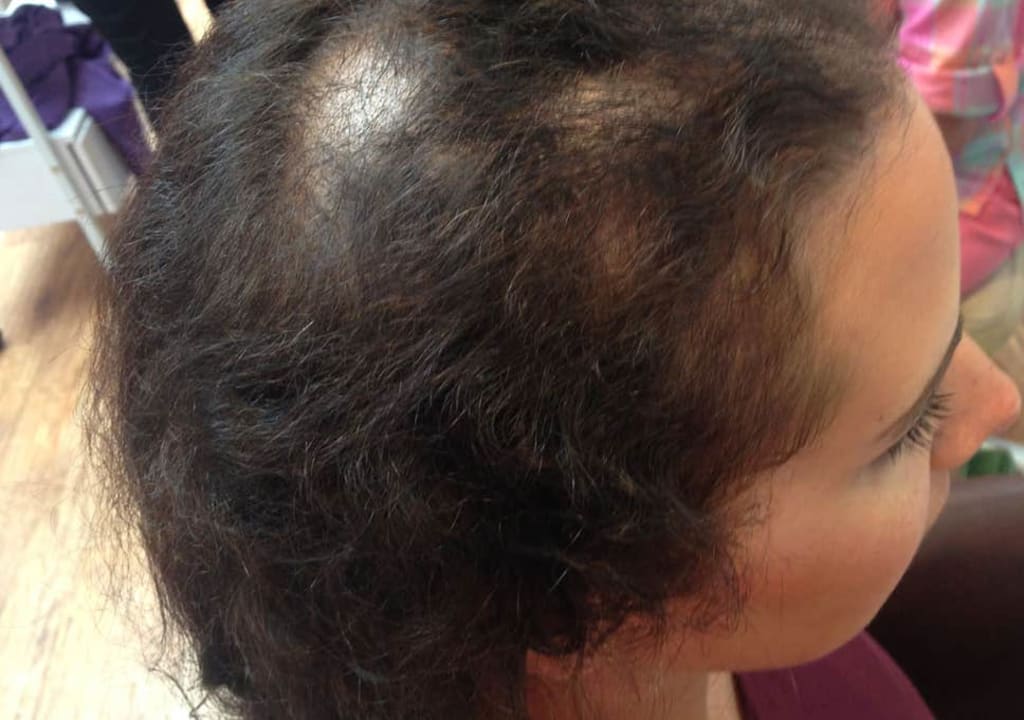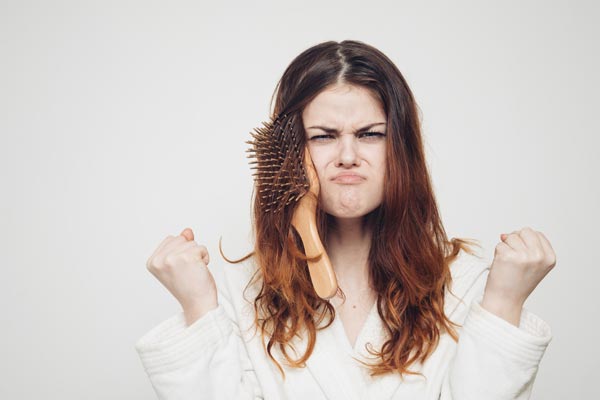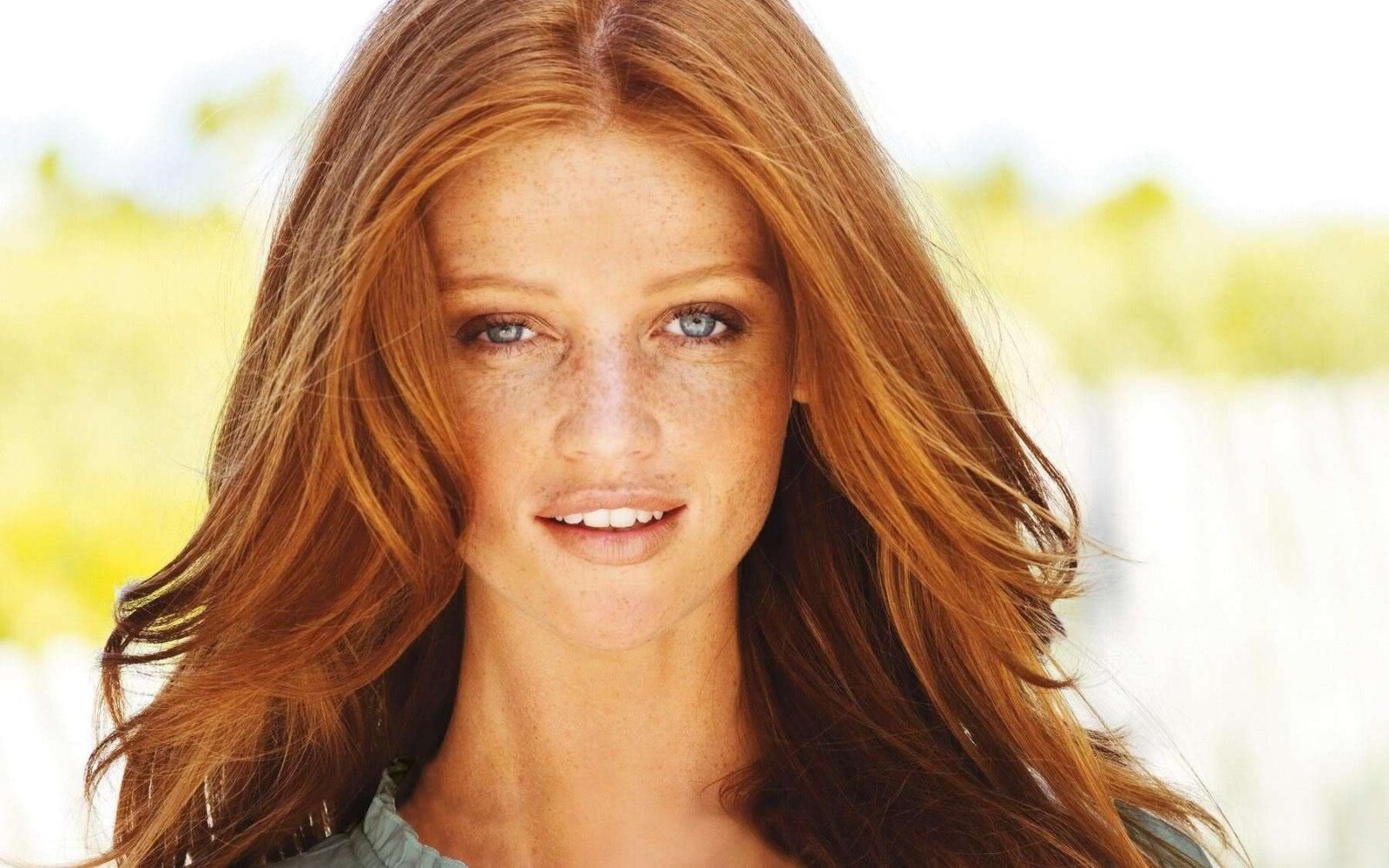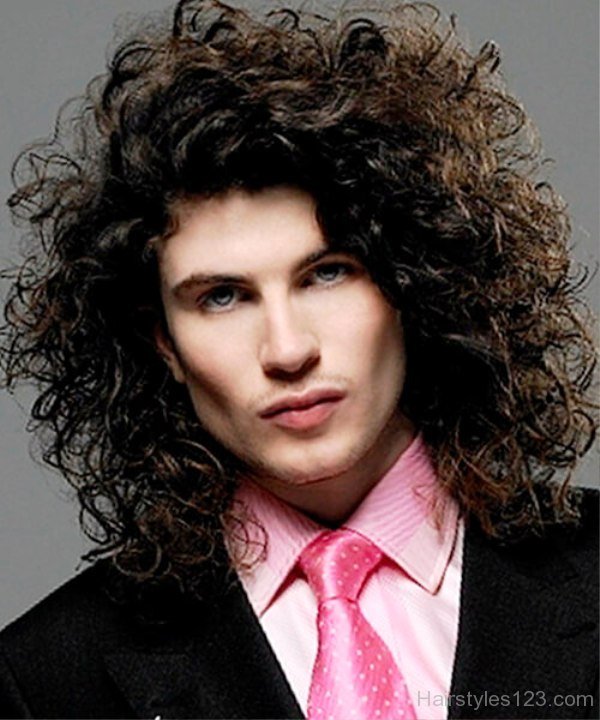Table Of Content
- Diagnosis and Tests
- Getting support
- Understanding young people’s experiences of their early obsessive-compulsive signs emerging at 4-10 years
- What is the difference between trichotillomania and obsessive-compulsive disorder?
- Trichotillomania (hair-pulling disorder)
- Common Comorbidities of Trichotillomania

Depression also frequently occurs in individuals with this illness, along with excoriation (skin-picking) disorder. Other body-focused repetitive behaviors, such as nail biting, thumb sucking, head banging, or compulsive scratching are also common. How much hair is pulled out and where it is pulled from varies from person to person. Some people with hair-pulling disorder have areas of complete baldness. There are times when pulling occurs in a goal-directed manner and also in an automatic manner in which the individual is less aware. Many individuals report noticeable sensations before, during, and after pulling.
Diagnosis and Tests
Other people say they feel itchiness or tingling in the area they pull on, and pulling helps get at the itch. Most commonly, people with trichotillomania pull out hair from their scalp. They may also pull out their eyelashes, eyebrows, facial hair (like beards or mustaches), or armpit, leg, or pubic hair. Often, they pull when they're stressed or bored as a way to soothe themselves.
Getting support
Scientists are still learning about it, but they think it might be linked to differences in the parts of your brain related to impulse control, learning, emotion, and movement. It might also be connected to brain chemicals, psychology, your environment, and stress. Trichotillomania can affect children, adolescents, and adults of all genders. However, it tends to occur more often in women than men, with a ratio of 9 to 1. A 2013 case study suggests that symptoms of trichotillomania may be impacted by hormonal changes during pregnancy.

Understanding young people’s experiences of their early obsessive-compulsive signs emerging at 4-10 years
Victoria's Secret Angel Sara Sampaio Reveals She Suffers From Trichotillomania - Harper's BAZAAR
Victoria's Secret Angel Sara Sampaio Reveals She Suffers From Trichotillomania.
Posted: Mon, 30 Jul 2018 07:00:00 GMT [source]
Trichotillomania, or hair pulling, can have a severe effect on your mental health. People with this condition often feel ashamed, embarrassed or guilty because of it. If you have TTM or know someone who does, it’s important to remember this is a medical condition and that hair pulling is very difficult to control or stop on your own. But with treatment, it’s possible to limit how often you pull your hair or stop pulling it.
Young children (ages 11 and below) will likely need adult guidance during treatment. A parent may need to monitor the child’s behavior and remind them to use their competing response training. As children grow older, they may wish to take a more control over the treatment process. By late adolescence, parental contact with the therapist is often minimal.
What are the symptoms of trichotillomania?
Here, we’ll discuss the signs and symptoms of trichotillomania and ways to treat this condition. In CBT, people practice mindfulness and challenge limiting beliefs. They also learn to identify the factors that lead to hair-pulling as well as the repercussions of the behavior. Trichotillomania comes with many physical and emotional complications, which are usually a result of excessive hair-pulling. If your GP thinks you have trich, you may be referred for a type of treatment called cognitive behavioural therapy (CBT).
Trichotillomania (hair-pulling disorder)
People may also be distressed by their loss of control, and they repeatedly try to stop or reduce pulling their hair out but they cannot. For people with trichotillomania, that may include an overwhelming urge to pull out your own hair. Over time, repeatedly pulling hair out can lead to bald spots and even more emotional distress. The most common age of onset is in preadolescents to young adults.
An Alzheimer's drug might ease hair-pulling disorder - Medical Xpress
An Alzheimer's drug might ease hair-pulling disorder.
Posted: Tue, 28 Feb 2023 08:00:00 GMT [source]
Trichotillomania: Definition, causes, diagnosis and treatment
Your doctor might give you certain medications or creams to help eyebrow hair grow back. In some severe cases where eyebrows don't grow back, they might suggest getting permanent eyebrow tattoos or hair transplants. Some people feel itchiness or tingling in their eyebrows and pull in response. Other people pull or over-pluck their eyebrows because they are worried about how they look or to help themselves deal with stress. Studies have shown that people living with trichotillomania are likely to engage in episodic or frequent episodes of eating hair (trichophagia).
Eating plenty of fruits, vegetables, protein, and foods with iron in them (red meat, beans, etc.) may help your eyelashes grow faster. Researchers did note that the clinical trials with these drugs had very small sample sizes. • Engage in a physical, relaxing, or distracting activity (e.g., exercising, taking a bath, using deep breathing exercises, journaling).
People with the problem feel an intense urge to pull their hair out and they experience growing tension until they do. Sharing similarities with skin picking disorder, a person may sometimes pull their hair out in response to a stressful situation, or it may be done without really thinking about it. Anyone who feels distressed about their hair-pulling or feels that they are unable to control the behavior on their own could benefit from seeking treatment. Therapy, combined with self-help strategies and social support, can greatly reduce pulling behaviors, help manage shame, and improve quality of life. In some cases, clinicians will examine patterns of hair loss to determine the disorder’s severity or rule out other possible causes. The behavior is compulsive and may even occur without conscious notice; it often results in significant hair loss that can lead to alopecia or bald spots.
People who have ADHD and trichotillomania might have more issues with controlling their impulses than people who only have one condition. Scientists think some people with ADHD might pull to help themselves focus. People who have trouble paying attention also might not notice if they are pulling out their hair. ADHD is a mental health condition that affects focus, attention, activity, and concentration. While ADHD is not an impulse control disorder like trichotillomania, it can cause problems with impulse control.
But its impacts on a person’s life, especially their mental health, are often severe. Because of this, early diagnosis and treatment are very important. TTM is a relatively straightforward condition to diagnose, but people with this condition often hide it out of shame or embarrassment. That can make it harder for your healthcare provider to diagnose this condition based solely on asking questions.
Having OCD is difficult to live with whilst working at recovery. This section has lots of information, advice and features to help during this time. Another consequence of Trichotillomania is that some people chew on and even swallow their hair leading to both dental and digestive problems.
Treating TTM often involves therapy, medication or a combination of both. Ongoing research shows some medications for other mental health conditions might help TTM, but more research is necessary before any specific medication becomes a part of the standard care. People with TTM compulsively pull out their hair, usually one strand at a time. The most common places people pull hair from are their scalp, eyelashes and eyebrows, and pubic hair. Another strategy is to set up road blocks to make hair pulling inconvenient. For example, someone who plucks their eyelashes can store their tweezers in a locked box.















